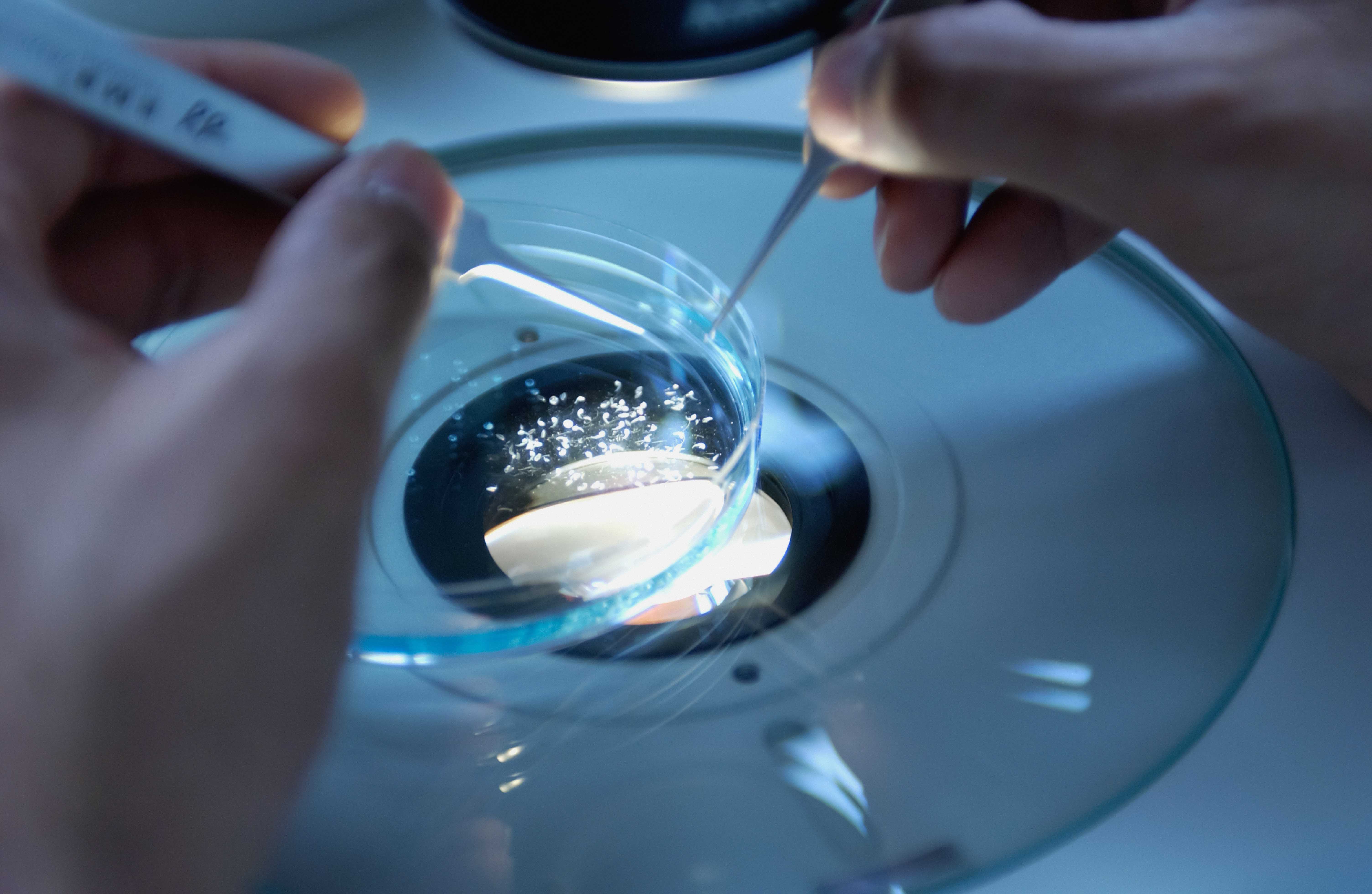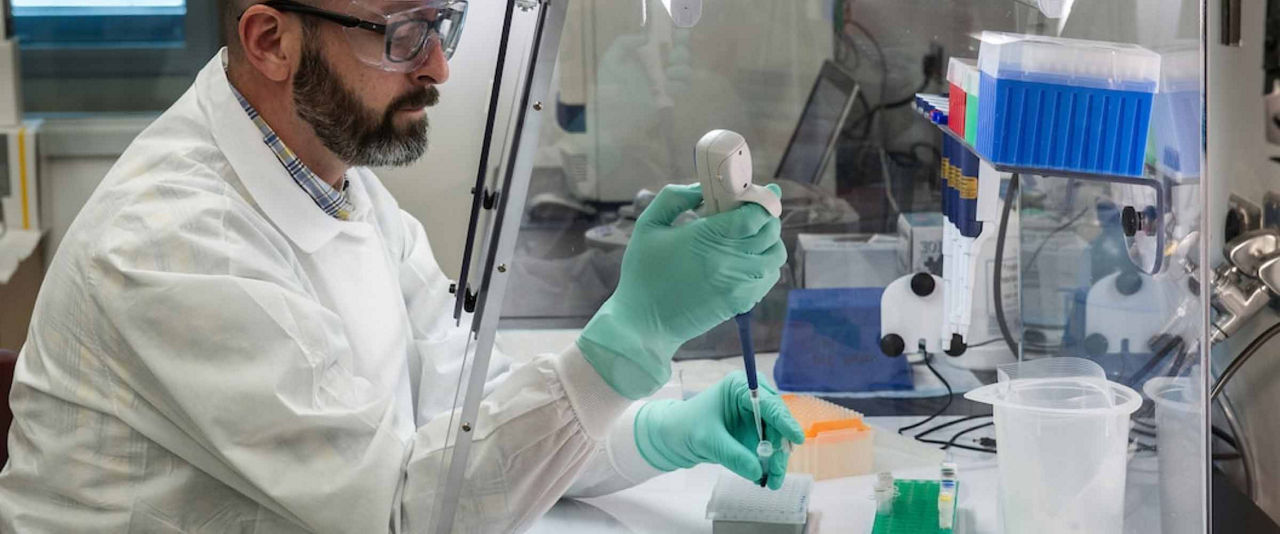The NesTiso system has been described in a previous publication1 and examined in an on-demand webinar.
Due to time constraints, some of the questions you submitted to our Q&A session went unanswered. We present here the full Q&A, as well as several poll questions posed during the webinar.
Cyclical Bias Webinar Q&A
Q: I would like to know how cyclical bias affects uncultivable microbes. Do you have 16S microbiome data documenting this form of bias?
Q: Don't you think wire floors could introduce more bias by causing animal stress?
We are testing different types of floors that could be useful and not stressful to mice. Extrapolating from domestic animals, slatted floors can be a reasonable alternative for synchronizing the sampling time.
Q: What is the best practical method to control for cage-cage variability?
With the discovery of selection bias in the bedding, we now conduct the same protocol using only fresh fecal samples. We do not gavage dirty bedding material to the mice. We know that spores are present in feces. No need for biased bedding microbiota.
Q: When is the best time to collect samples from mice for analysis?
Most people argue that it is too much work. I suggest them to take their time and think about what is best for them, but encourage them to report what they do in this regard. It will become important in the future, given the NIH funding agency directions.
Q: What type of IVC cage is being used for the thermal imaging pics? IVCs vary in technical function and air entry.
Further specific details can be found on the manufacturer's website.
Q: Have you only looked at corncob bedding? What type of corn cob have you tested?
Although we do not endorse any manufacturer, at the time the experiments were conducted our cages contained Bed-o' Cobs (The Andersons, Maumee, OH).
Expanding on this answer, I would like to add that although our original goal was to test the hypothesis we generated from 16s rRNA sequencing and mathematical modeling using corncob, we anticipate that different bedding materials would have different effects on the fecal microbiome outside of the animal, possibly confounding research. Regardless of what type of bedding is used and the important effect that its nutrients and chemicals may variably have influencing the animal microbiota (e.g. inhibit coliform or promote Enterococcus), room air is the most substantial driver for selection bias of microorganisms outside of the mouse body, both in the feces and in/on organic matter. The rapid or steady growth of aerobes paired with the negative selection that oxygen imposes on strict anaerobes is what likely makes the bias so strong favoring Bacillales, Pseudomonadales and Burkholderiales (see details in Fig 4 in ref PMID: 29491439).
Q: Could you provide more information on fecal homogenization?
The detailed protocol was initially reported in 2015 as an article entitled: Stereomicroscopy and 3D-target myeloperoxidase intestinal phenotyping following a fecal flora homogenization protocol which we published accompanying an article we published in Nature Communications in 2015.
However, in response to this question and to reflect our novel understanding of cyclical bias in animal microbiome research, I suggest obtaining a version for printing which I have deposited with an update note emphasizing the need to avoid the inclusion of the soiled bedding material as part of the protocol, as well as a reference to this webinar. This PDF version can be reached directly from Google Scholar or from ResearchGate by browsing the article title.
Q: What is the culture media used for culture — red color plates?
Webinar Poll Questions
We asked three poll questions during the cyclical bias webinar. Here are the results submitted by our audience:Q: In a 1-month diet experiment with 5 mice/group, which housing option do you believe is financially preferable?
Q: How do you control for cage-to-cage microbiome variability in your experiments?
Q: Do you collect fecal or other samples from animals in experiments when the cages are clean?






.jpg)
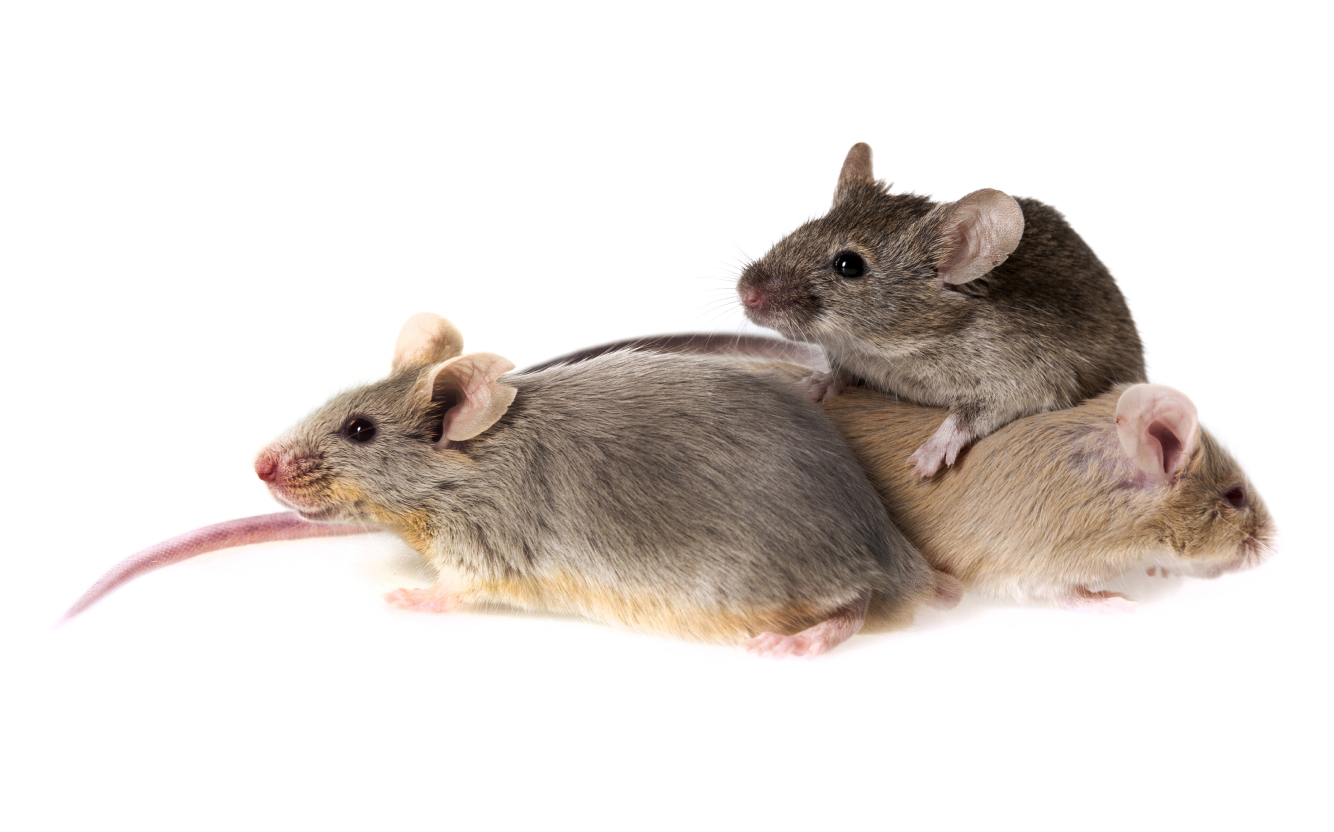
.jpg)
.jpg)
.jpg)
.jpg)





.jpg)
.jpg)


.jpg)
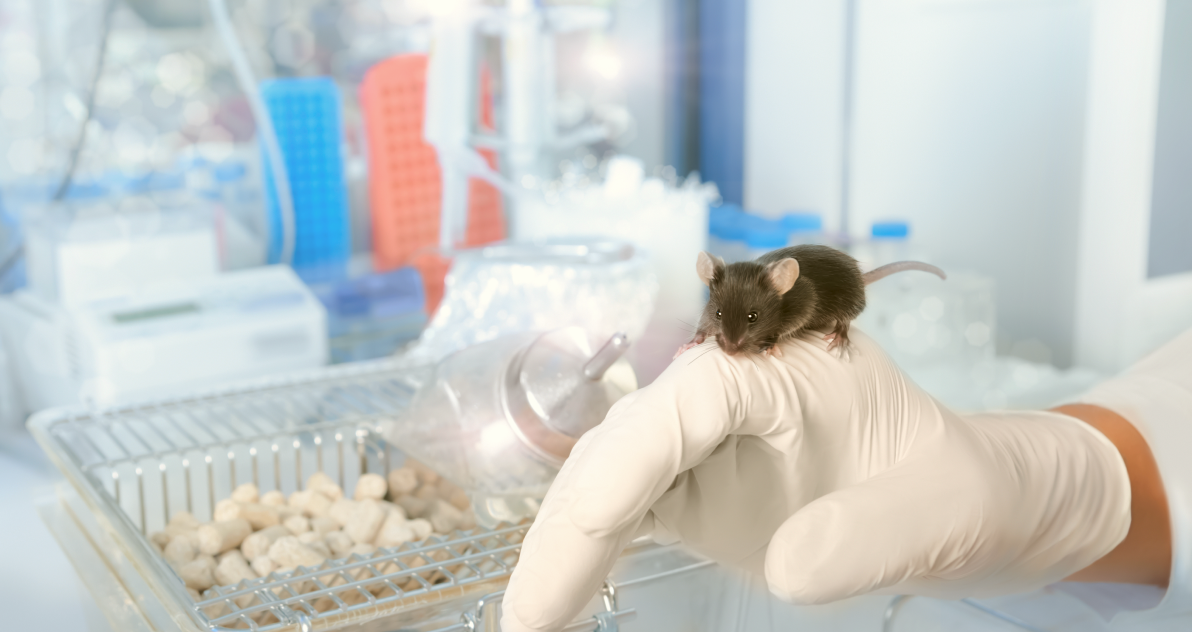
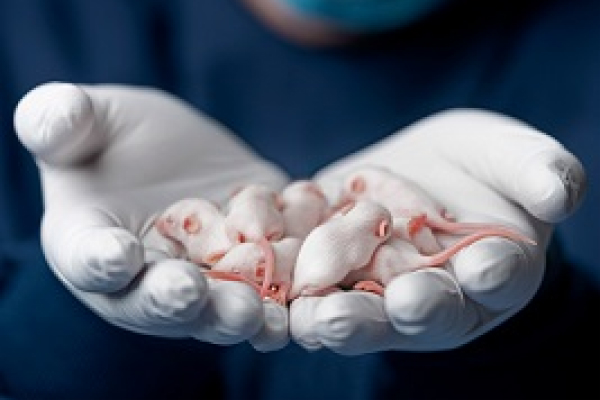

.jpg)


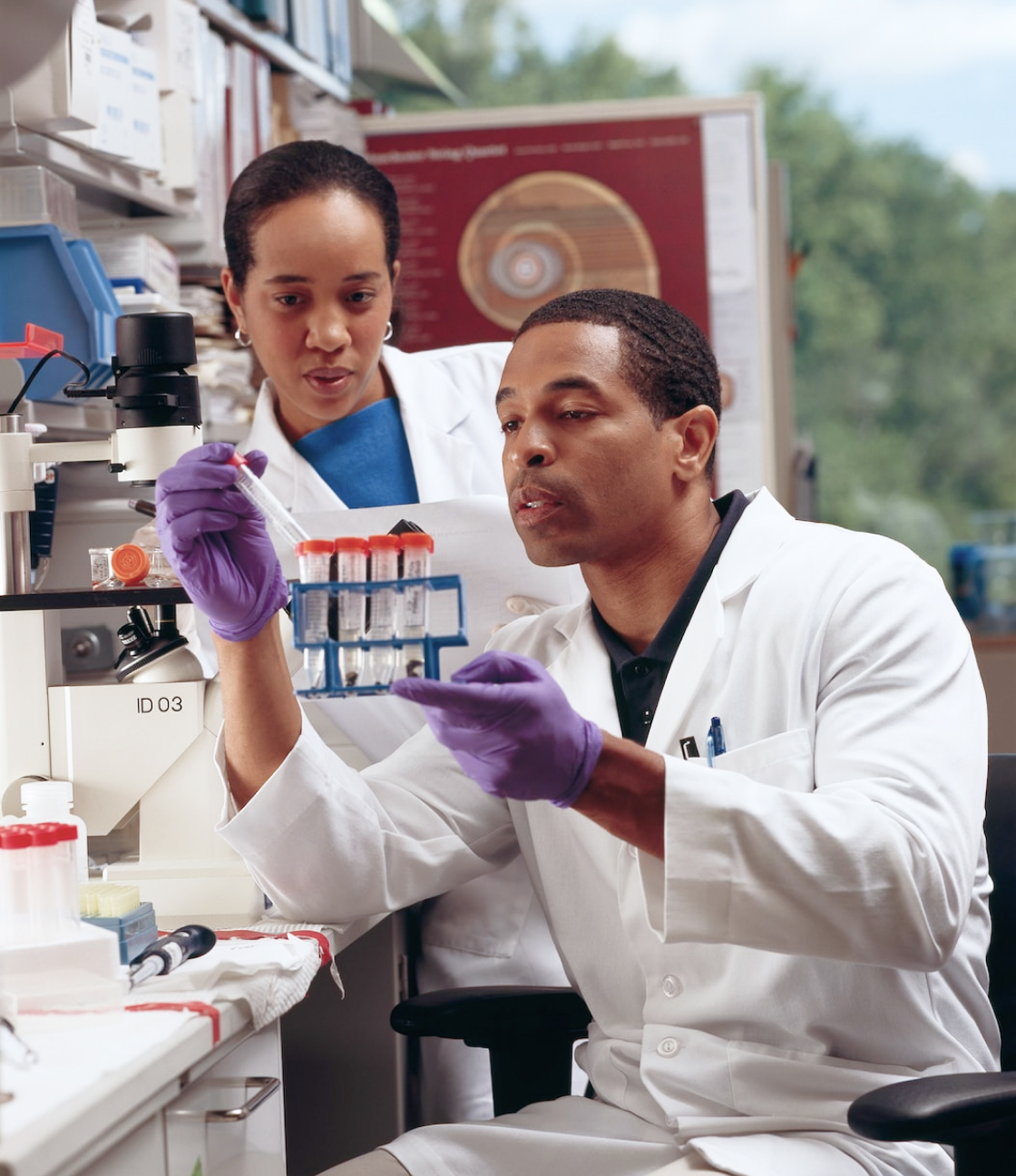

.jpg)

.jpg)
.jpg)
